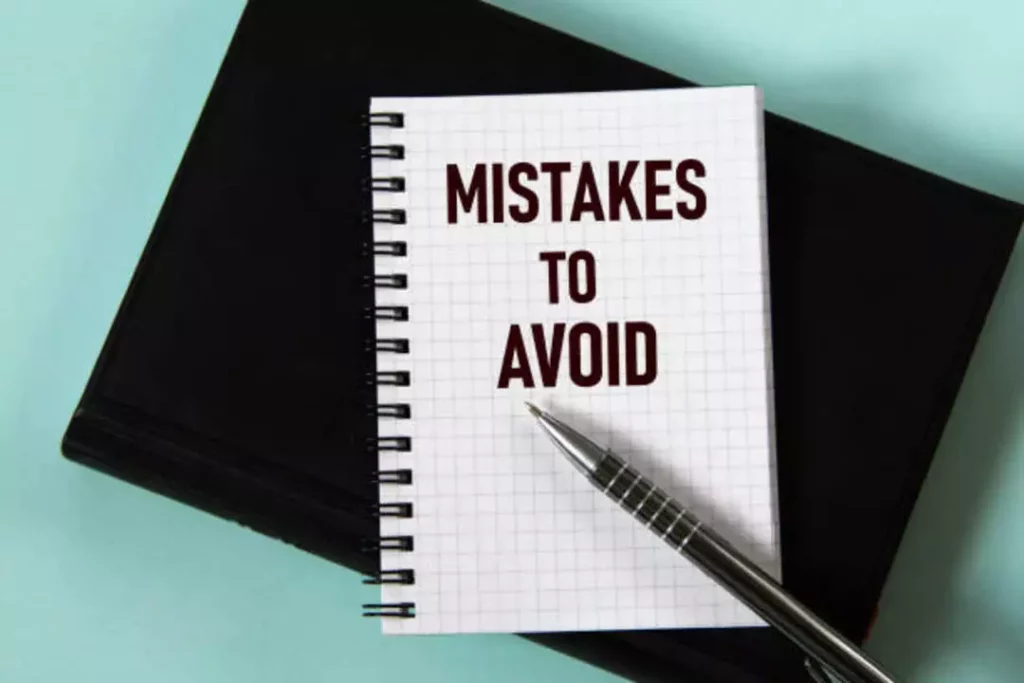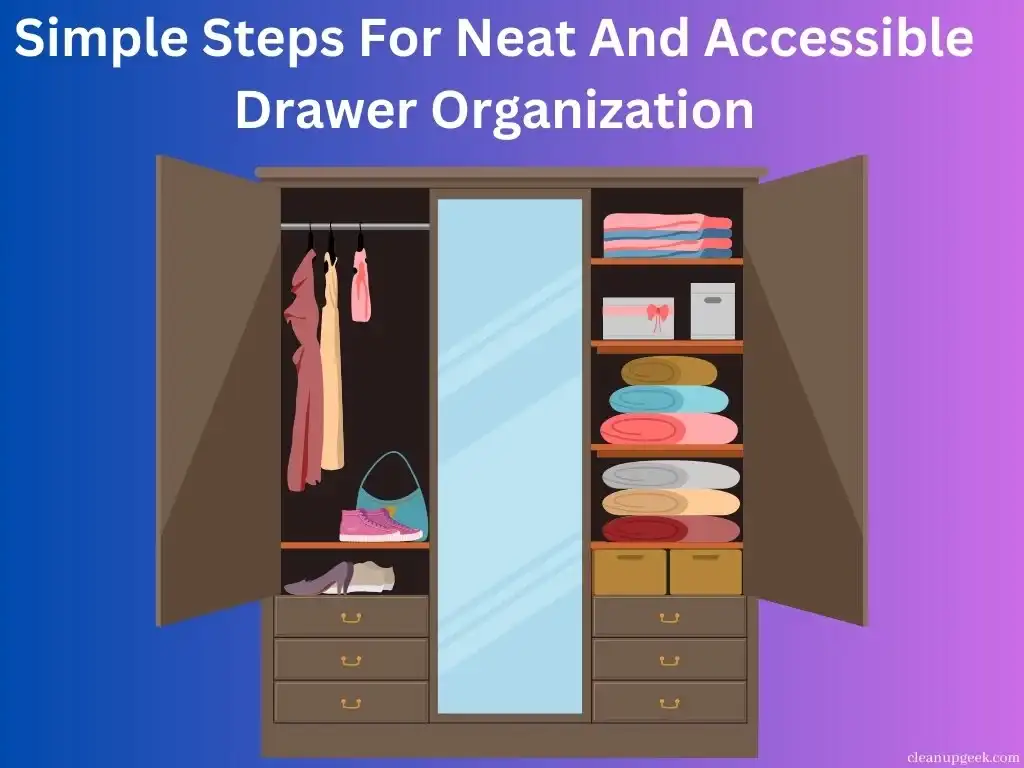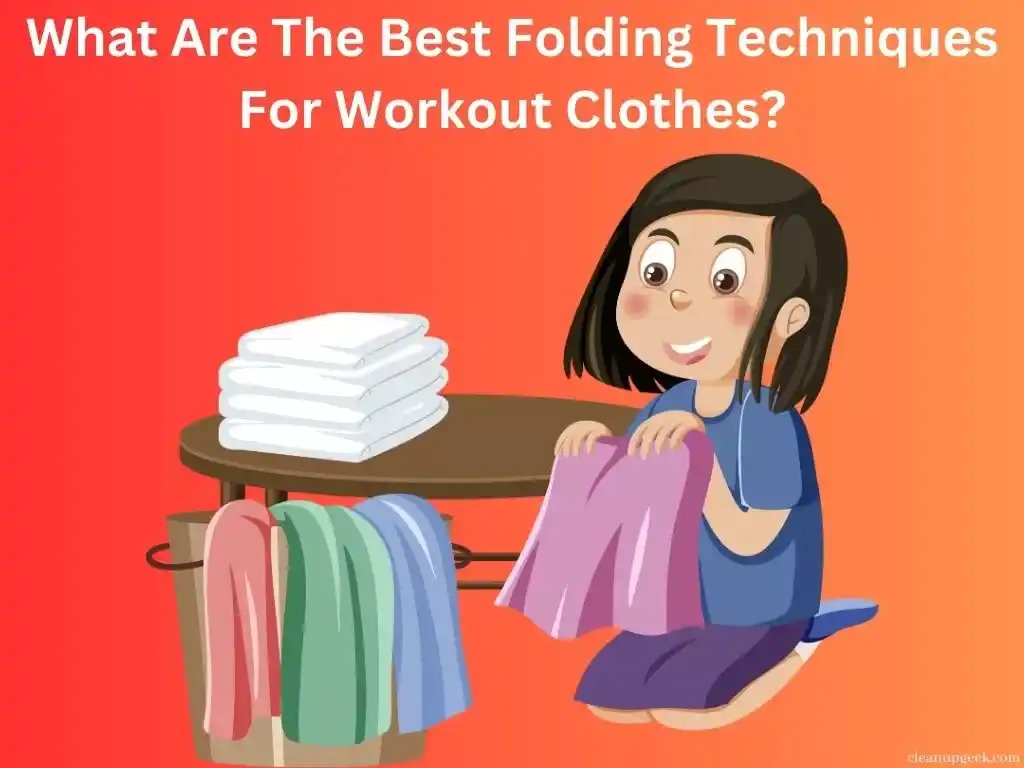Are you constantly tripping over toys every time you step into your living room? Research reveals that kids play more imaginatively with fewer toys around. This blog will guide you through the joys of a smaller toy collection and how it benefits both children and parents alike.
Let’s dive in!
KEY INFORMATION
- Fewer toys lead to more creative and deep play, which is good for kids’ imaginations.
- Cutting back on toy collections saves money and reduces stress from clutter for both parents and children.
- Giving away extra toys teaches kids about sharing and caring for others who have less.
The Benefits of Minimizing Toys
Minimizing toys encourages more creative play and reduces stress for both parents and children. It also promotes intentional and inspired spaces that prioritize quality over quantity.
Encourages more creative play
Having fewer toys sparks the imagination in kids. They get to make up new ways to play with what they have. For example, a simple block can be a car, a house, or part of a big castle. Their minds run wild, creating stories and adventures.
This is good because research says children dive deeper into playtime when they don’t have too many choices.
By picking only the best toys for your minimalist toy collection, you help your child focus on playing well with each one. They learn to see old toys in a new light instead of always wanting more.
And remember, less clutter means more room for fun! It’s not about having no toys at all; it’s about choosing wisely which ones stay for the most creative playtimes.
Reduces stress for parents and children
Having fewer toys can actually reduce stress for both parents and children. Research shows that a cluttered environment can lead to increased stress and anxiety. By minimizing the number of toys, you can create a more organized and peaceful living space.
This can also help children focus better during playtime and prevent them from feeling overwhelmed by too many options. Additionally, when there are fewer toys to clean up and organize, it can save time and energy for parents, reducing their overall stress levels in managing household chores.
Moreover, a simplified toy collection encourages children to engage in more meaningful play experiences without becoming easily distracted or overwhelmed by the sheer volume of toys.
Promotes intentional and inspired spaces
Setting limits on the number of toys in your home can promote intentional and inspired spaces. With fewer toys, children can focus more on each toy and engage in creative play. This approach supports a minimalist-inspired playroom, which research shows enhances the play experience for children.
By curating a carefully selected collection of quality toys, you create an environment where both kids and parents feel less overwhelmed by clutter and have space to move and explore.
Creating intentional spaces with fewer toys also encourages children to value their possessions more deeply. By embracing minimalism in their play areas, kids can develop a stronger appreciation for each toy they have, learning to prioritize experiences over material possessions as they grow.
Pitfalls of Toy Collecting
Little expenses add up quickly, leading to financial stress for parents. Impulsive buying can also result in a cluttered and overwhelming play space for children. Lastly, toy envy can lead to unnecessary purchases that contribute to the problem of toy hoarding.
Little expenses add up
Toy purchases, no matter how small, can accumulate into significant expenses over time. Setting a monthly maximum for toy purchases can help control the urge to buy too many toys. Research shows that children will play more deeply and have more space for creativity when they have fewer toys to choose from.
It is important to analyze your own motivation for purchasing toys and to choose quality over quantity in order to avoid unnecessary expenses on toy collections.
Additionally, purging and organizing toys is not a simple task and involves deciding how involved children should be in the process. Encouraging children to donate excess toys instead of hoarding them can also teach them about empathy and generosity.
The impulse buy
When you’re out shopping, it can be tempting to make impulse toy purchases. These spontaneous purchases may seem harmless at the time, but they can quickly add up and contribute to clutter.
It’s important to keep track of your motivations for buying toys and stick to a monthly spending limit. Remember, quality over quantity is key – choose toys that will truly engage and inspire your children rather than succumbing to fleeting impulses.
By being mindful of impulse purchases, you’ll not only save money but also create intentional and inspired spaces for your children to play in.
Toy envy
Feeling envious of other people’s toys is natural, but it can lead to unnecessary purchases and clutter. It’s important to remember that having fewer toys allows for deeper play experiences and encourages creativity in children.
By setting limits on toy purchases and focusing on quality over quantity, you can avoid the trap of toy envy. Encouraging your kids to appreciate what they have and donating excess toys can also help them learn about empathy and generosity.
Ultimately, teaching them to value experiences over material possessions can lessen their desire for more toys.
How to Avoid Pitfalls

Keep a toy expense log to track your spending, and set a monthly maximum to help curb impulse buys and avoid toy envy. Find out more about minimizing your toy collection by reading the full blog!
1. Keep a toy expense log
Track all the money you spend on toys. This will help you become more aware of your spending habits and evaluate if they align with your values.
2. Embrace a monthly maximum
When managing your toy collection, setting a monthly maximum for new purchases can help you control the urge to buy too many toys. Here are some tips to embrace a monthly maximum:
- Keep a record of your toy expenses in a log. This will help you track your spending and stay within your budget.
- Decide on a specific amount that you are comfortable spending on toys each month.
- Consider the value and quality of the toy before making a purchase to ensure it aligns with your monthly limit.
- Outlast toy envy by reminding yourself of the purpose behind limiting toy purchases and focusing on the joy that comes from intentional buying.
- Involve your children in the process by explaining the importance of sticking to a monthly maximum and how it benefits them in choosing toys wisely.
3. Outlast toy envy
When you feel the urge to buy more toys for your kids, it can be tempting to give in to toy envy. Here’s how you can outlast it:
- Keep a clear perspective: Understand that having fewer toys allows for deeper play experiences and encourages creativity in children.
- Focus on quality over quantity: Instead of succumbing to the pressure of buying the latest trendy toy, prioritize toys that offer enduring value and learning opportunities.
- Set a monthly maximum: Establish a limit on the number of new toys you will purchase each month, which can help you resist impulsive buying driven by toy envy.
- Encourage gratitude: Teach your children to appreciate and make the most of the toys they already have, fostering contentment rather than constantly desiring new possessions.
- Emphasize experiences over material possessions: Shift the focus from accumulating toys to creating memorable experiences with your children, promoting meaningful connections and lasting memories.
Encouraging Minimalism with Kids

Teaching kids to value experiences over material possessions can help them embrace a minimalist approach to toys. By donating excess toys and choosing quality over quantity, you can help your children understand the benefits of having fewer toys.
1. Donate excess toys
Consider donating excess toys to children who don’t have many. This will teach your kids about empathy and generosity, while also decluttering their space. Here are some ways to encourage and facilitate the process:
- Explain the importance of giving back to those in need, and involve your kids in the decision-making process.
- Research local charities or organizations that accept toy donations, and discuss with your children which ones they would like to support.
- Set up a designated donation box or bag for toys that your children have outgrown or no longer play with.
- Schedule regular donation trips with your kids, so they can actively participate in giving away their toys.
- Share stories or videos about how their donated toys can bring joy to other children, reinforcing the positive impact of their generosity.
- Express gratitude and pride for your children’s willingness to help others, highlighting the value of their contribution.
2. Choose quality over quantity
When it comes to managing your children’s toys, it’s essential to prioritize quality over quantity. Research shows that children can benefit more from a few well-chosen, high-quality toys than from an overwhelming collection of low-quality items.
Not only does this approach encourage deeper and more imaginative play, but it also helps reduce clutter and encourages children to value their belongings. By selecting durable, versatile toys that promote open-ended play, you can create a space that sparks creativity and keeps kids engaged longer without the need for excessive amounts of toys.
Emphasizing the value of experiences over material possessions can help instill lasting values in your children while streamlining your toy collection for easier organization and management.
3. Explain the value of experiences over material possessions
Experiences create lasting memories and bring more joy than material possessions. Research shows that kids benefit from experiences, like going to a museum or playing outdoors, more than having lots of toys.
It’s important to consider the quality of time spent with your children rather than the quantity of toys they have. Encouraging them to appreciate experiences over material possessions can teach them valuable life lessons about gratitude and happiness, which will stay with them as they grow.
Experiences inspire creativity and learning in children much more deeply than just having an abundance of toys. By engaging in activities together, you can foster stronger family bonds and help your children develop essential social skills.
Conclusion and final thoughts
In conclusion, minimizing your toy collection can lead to more creative play and less stress for both parents and children. By purging toys and choosing quality over quantity, you can create intentional and inspired spaces.
Encouraging minimalism with kids by donating excess toys and emphasizing the value of experiences over material possessions can also have a positive impact. So, consider managing your toy collection wisely for a happier and more fulfilling playtime experience.
FAQs

1. Why is it good to have fewer toys?
Having fewer toys can help children learn to value their playthings more and make cleaning up easier.
2. What are the benefits of decluttering toys?
When you declutter toys, you create more space, reduce mess, and teach kids to enjoy what they have without always wanting more.
3. How do I start the toy purging process?
Start by sorting out the toys your kids no longer use or like and choosing which ones to keep or give away.
4. Can having too many toys be bad for my child?
Yes, too many toys can be overwhelming for children and may make it hard for them to focus on playing with one thing at a time.
5. Do you have tips on how to organize toys after downsizing the collection?
Use bins or shelves for toy storage and keep similar items together; this makes it simple for kids to find what they want and put things back where they belong.







